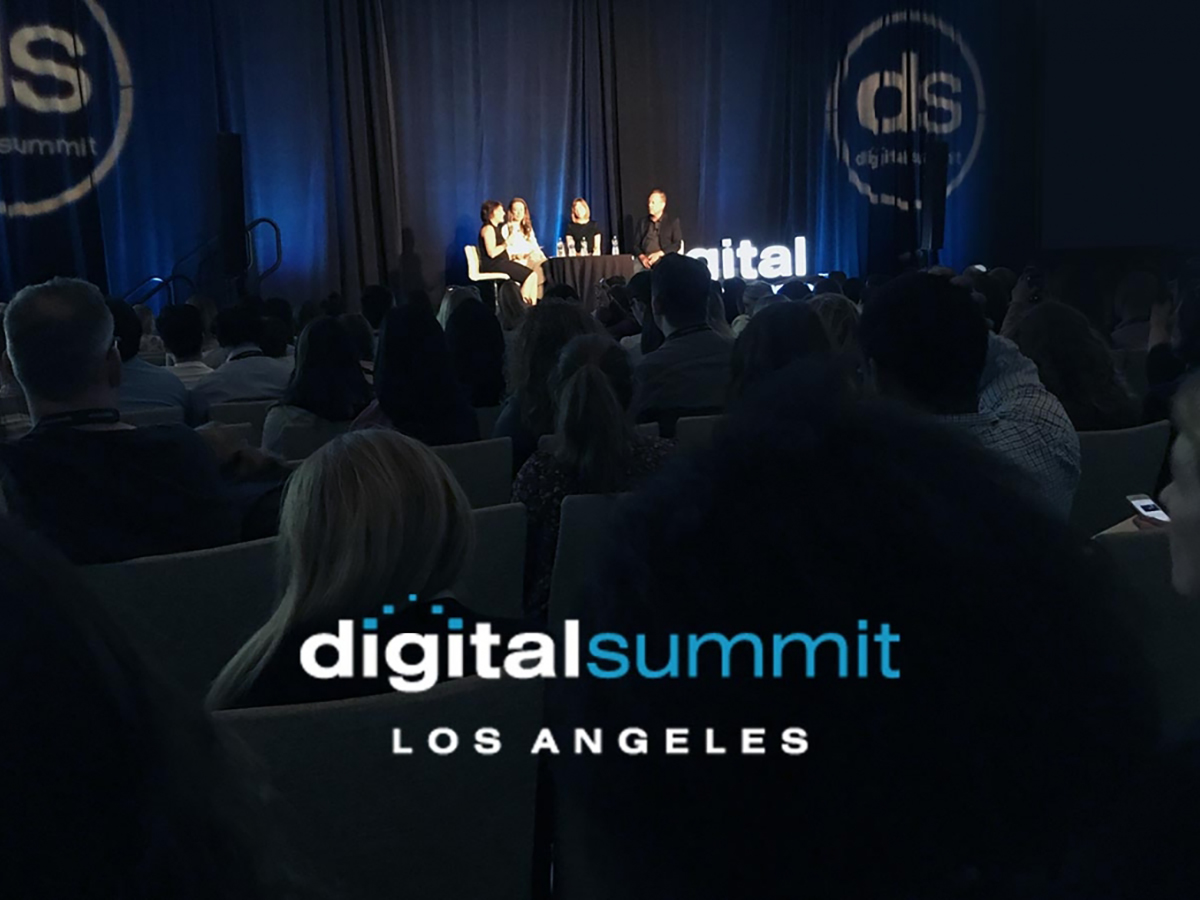Last month, Digital Summit held a 2-day conference in the heart of Los Angeles for hundreds of digital marketing professionals. Being a designer, this was a huge opportunity and great learning experience. I heard from industry leaders, such as Mitch Lowe (co-founder of Netflix), Jessica Cohen (Mashable), Cliff Seal (Pardot), Kirsten Benson (Getty Images) and more. While many different topics were discussed at the conference, one overarching takeaway was this idea of “storytelling in marketing.”
This was a new concept to me, so I found myself asking “what is storytelling for marketing, and how can I apply it to what my clients and I do?”
Start to think about your audience’s journey—what product or service do you provide that makes their life easier? What particular problem are you solving for them? Once you have that figured out, you can then begin to tell a story around the journey that they will genuinely relate to.
Some reasons why storytelling has become a more popular marketing tactic in recent years (and there is some science to it!):
- When you hear a story, you tend to put yourself in the shoes of whomever you’re watching, as if you were the one going through the experience first hand (this is called neural coupling).
- Stories can be 22x more memorable than facts. The brain releases dopamine when experiencing an emotionally-charged event, which makes it easier to remember. This can be incredibly beneficial to marketers looking to educate potential customers on more complicated ideas or systems, or when sheer facts aren’t getting the point across.
- Hearing a story activates more parts of the brain, making it more engaging. This helps to make it more memorable and also more enjoyable.
- And of course, everyone enjoys a good story!
When using storytelling in your marketing strategy, it’s important to remember that everything should be genuine. Always work from real-life experiences, and really think about the emotions your clients already feel. Reach out to current customers and interview them, get testimonials and some real down-to-earth stories. This will help you to connect with both existing and potential audiences in a more meaningful way. This more meaningful connection, in turn, helps to really strengthen your brand’s identity.
While storytelling was the most prominent topic at the conference, it certainly wasn’t the only topic. Stay tuned for more blog posts with insights into some of the other concepts I was introduced to at the summit.


